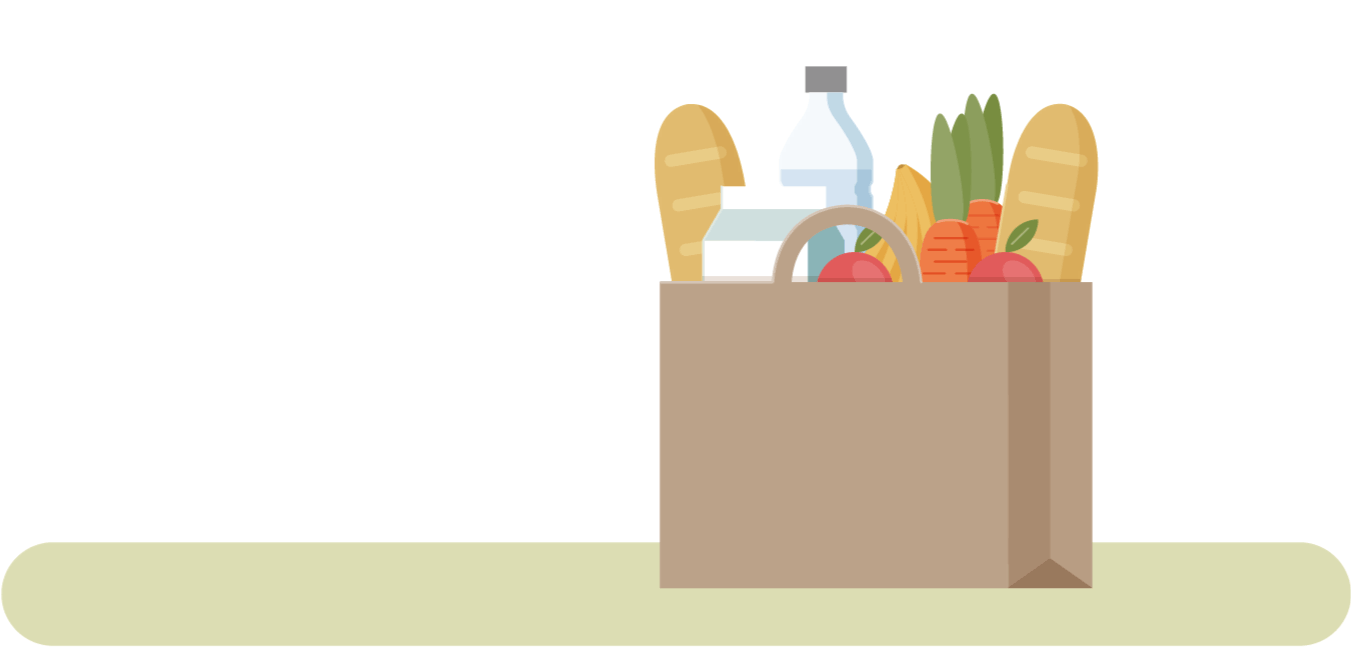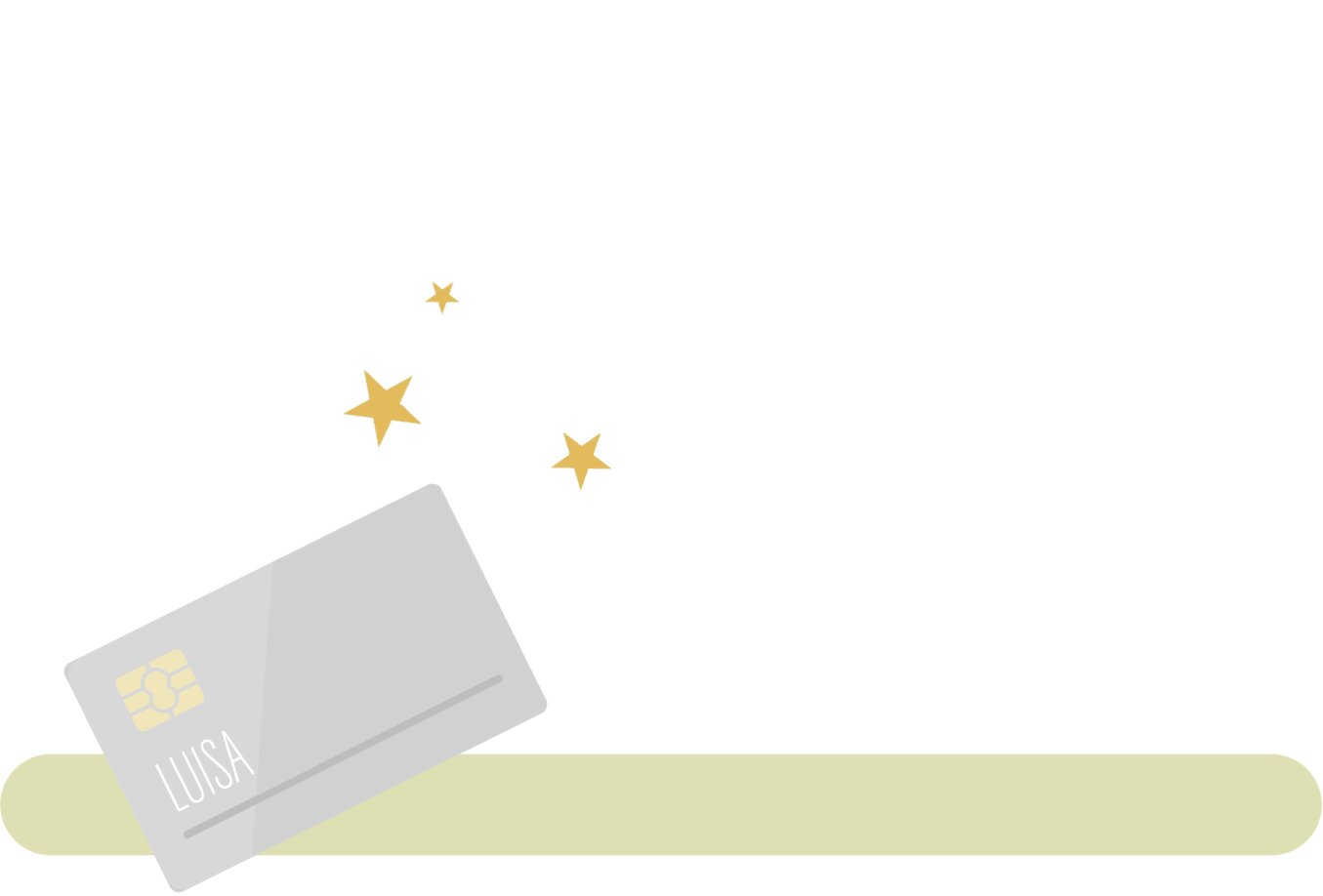Your child needs the following accounts and bank cards
For every age: a checklist for your child's first bank account. You should consider the following points.

![]()
header.search.error
For every age: a checklist for your child's first bank account. You should consider the following points.
When kids lay their cards on the table
From a young age, children see their parents paying with their card or even their smartphone. It’s no wonder then that they think having their own bank card would be quite cool. But how should children use their account – with or without a card? Will it be the standard payment method from now on or only provide extra security? Discuss these questions with each other and be open to something new.
A pedagogical piece of advice: Firstly, your child must learn how to handle cash, which they can see and touch. Then they are ready for their first experiences with plastic money.

Play your cards right
There is a selection of accounts and cards for children and young people. Spend some time with your child getting familiar with the issuing criteria of different banks as not all cards can be issued at the same age. Note the different fees and interest rates too and take a look at which extras will suit you the most. Opening an account is a great learning opportunity for your child – after all, it’s about their money.
Once you’ve compared the various offers available and got answers to your questions, accompany your child to the bank; if your child is under 12 years of age, your signature will be required. You should also be with them when they pay with their card and when they withdraw money from the ATM for the first time.

Take the first steps together
Discuss a reasonable daily and monthly budget with your child for their bank card. Basically, the same piggy bank principle applies: once it’s empty, there’s no more money left. Discuss monthly account statements together at the outset. Your child will be able to see what they’ve spent their money on and can learn how to handle it more consciously over time.
The most important cards in a nutshell
The everyday card for withdrawing money and making cashless payments. All the money in the account is available, but daily and monthly withdrawal limits apply, meaning the account cannot end up in the red.
With the prepaid card, your child doesn’t have access to all the money in their account, only the amount you have loaded onto the card in advance, for example, via E-Banking. This means more control, but also more effort on your part and less independence for your child.
With a credit card, you don’t have to pay until later: you receive a monthly bill for everything you’ve bought with your card. As you can spend money you don’t have, the risk of getting into debt is greater than with other cards. You can apply for a credit card from the age of 18.
UBS’s educational principles
This article was written in collaboration with educator Marianne Heller, who has years of experience in teaching financial education and debt prevention programs for children and young people.

Subscribe to the Kids newsletter
Check out the latest articles on teaching kids about money and discover great contests and info about the UBS Kids Cup.